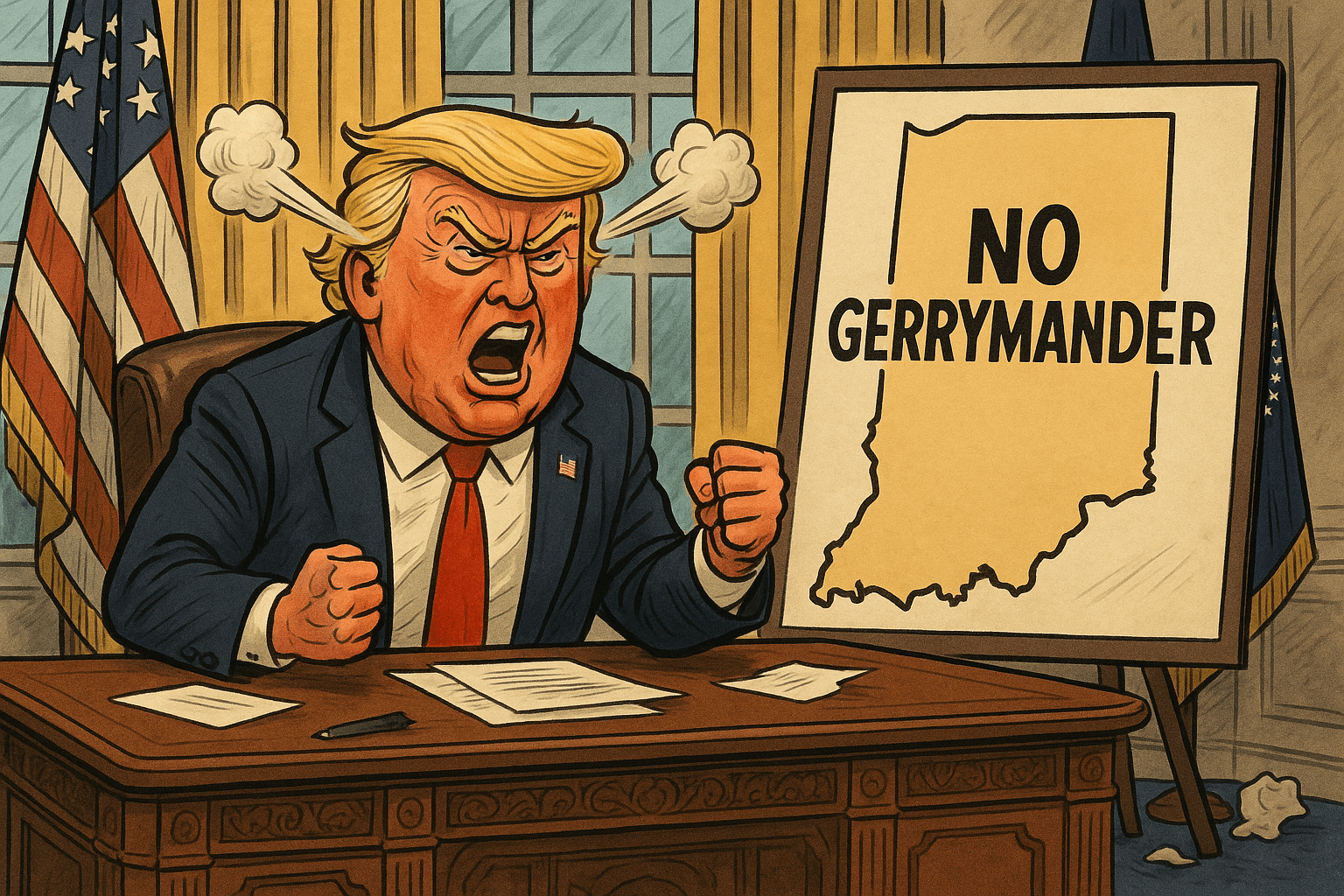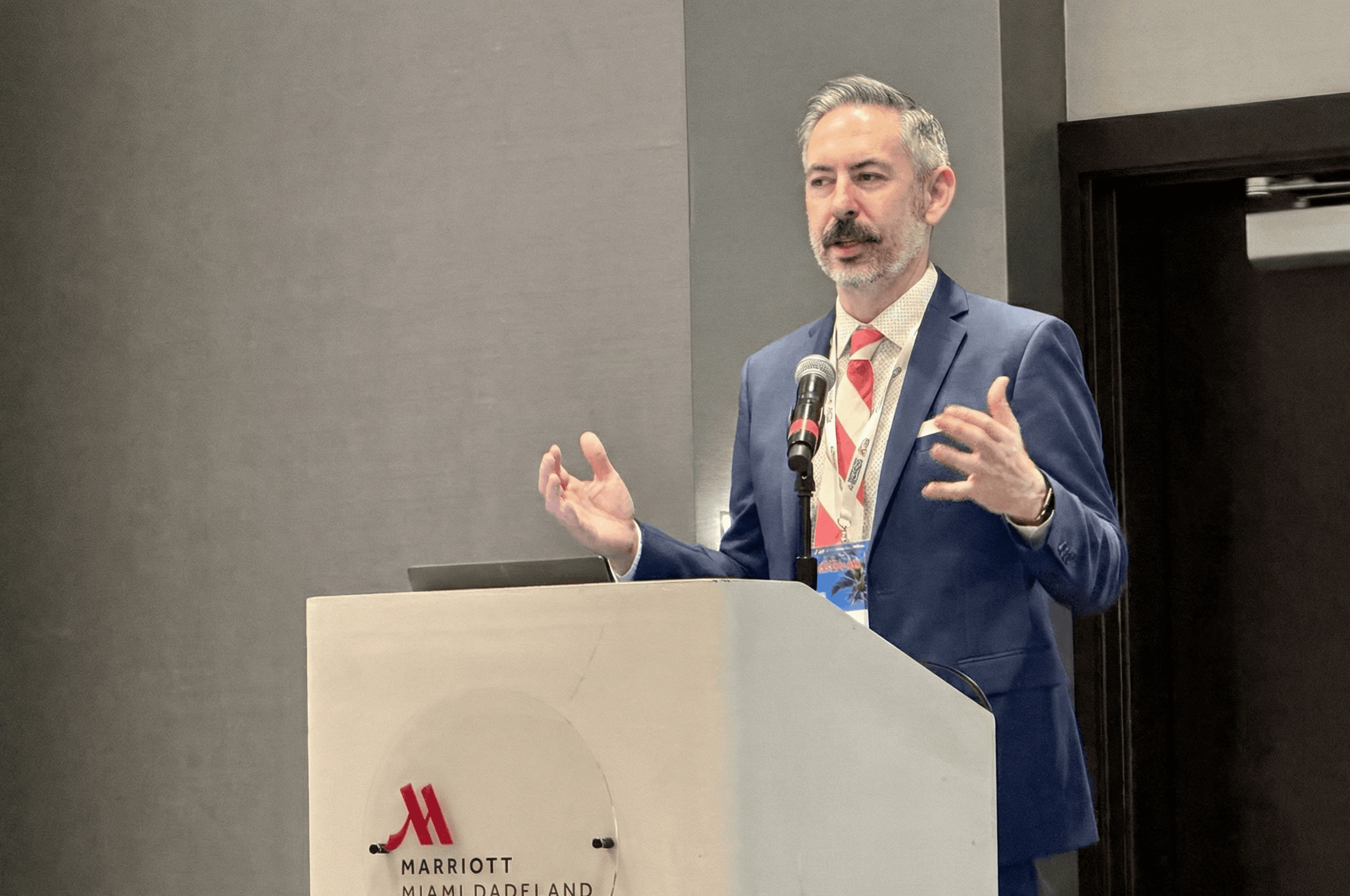New Research: Populism A Key Factor with Cross-Partisan Support for Alaska's Top 4 Elections

Photo Credit: Getty Images / Unsplash+
New research shows that the nonpartisan Top 4 system used in Alaska not only has broad support among Republicans, Democrats, and independents, but in 2022 elected candidates in statewide elections that had appeal that went beyond their party.
In November, 4 states will consider ballot measures that would implement similar election models – Colorado, Idaho, Montana, and Nevada – and researchers say that in order to be successful they will need the same coalition of support that spans the political spectrum.
Arizona, South Dakota, and the District of Columbia also have reforms slated for the November ballot, but they are not the same as the nonpartisan primary and ranked choice voting combo used in Alaska.
Arizona’s measure requires state lawmakers to decide what nonpartisan primary system to use, South Dakota’s initiative is for a Top Two model like in Washington and California, and DC’s initiative would implement semi-open partisan primaries with RCV in all District elections.
Nonpartisan Election Systems Open the Door to Cross-Partisan Results
“We wanted to look at Alaska’s 2022 election because it was the first truly nonpartisan general election with ranked choice voting at the state level,” said Dr. Christian R. Grose, a Political Science professor at the University of Southern California.
Grose is also the academic director of the USC Schwarzenegger Institute for State and Global Policy.
He collaborated on this research, which was published in Political Research Quarterly, with Claremont McKenna College Assistant Professor J. Andrew Sinclair, CalTech Professor R. Michael Alvarez, and Washington University Professor Betsy Sinclair.
To clarify, Maine was the first state to conduct general elections at the state level with ranked choice voting (RCV). However, the state uses a partisan primary system that selects party nominees, while Alaska uses a nonpartisan Top 4 primary featuring all candidates running.
The researchers looked at the two statewide general election races for Congress in Alaska, which included Republican US Sen. Lisa Murkowski’s successful bid for re-election, and the race for Alaska’s single congressional district.
Murkowski faced a significant threat from within her own party after she voted against former President Donald Trump in his second impeachment trial and drew the ire of party leaders nationally and in Alaska.
She did not benefit from an incumbent advantage in 2022 – but managed to hold on to her seat because she had appeal outside her party’s base.
“Our key findings were: We don’t think Murkowski would have won if it were not for Top 4, at least when compared to a closed primary system,” said Grose. “We think that would have led to a more conservative candidate who would have won with a slice of Republican voters.”
He explained that he and his research team came to this determination because Murkowski trailed the more conservative Kelly Tshibaka with core Republican voters. The incumbent won with a cross-partisan group of Republican, Democratic, and independent voters.
Grose added this was also the case with Democratic US Rep. Mary Peltola.
Peltola, who was elected to finish the late Don Young’s final term in office and was elected to an additional full term from January 2023 to January 2025, represents several firsts for Alaska and the nation at-large.
She is the first Alaska Native elected to the US House, including the first person born in Alaska, the first woman to represent Alaska in the US House, and the first Democrat elected by Alaska voters to the US House in half a century.
Young, a Republican, served in the US House from March 1973 to his passing in March 2022. Peltola also won in a crowded field of candidates that included former Governor Sarah Palin, who she defeated in an RCV runoff.
Grose explained that Murkowski also needed “the rank ordered votes,” but he and his fellow researchers found that “the electoral system led Murkowski to campaign in a different way” than another Republican might have under a different system.
“We found a lot of independents especially voting for her in the first round,” Grose explained. “Even some Democrats skipped the Democratic candidate and did not bother voting for the Democrat, but straight for this Republican candidate.”
In other words, the new election system not only changed candidate behavior, but also voter behavior that might have been different under a partisan process because how voters looked at the race and potential outcomes changed.
“The voter behavior was significantly changed,” Grose remarked.
Top 4 In Alaska Has Broad Support Among Republicans, Democrats, and Independents
Grose said that along with surveying voters on their preferences in the 2022 general elections, his research team spent “a lot of time” asking them about their views on the nonpartisan Top 4 election model.
“What we found was that among the people in Alaska who used it for the first time, Democrats and independents supported it, and a subset of Republicans supported it,” he said.
He added that the Republicans who supported the Top 4 system tended to have a “populist, anti-elite” attitude, while there were Republicans who had other populist attitudes who did not support the new election model.
“There is fairly wide support for the system in Alaska, definitely among the majority of voters,” Grose said. A majority of Alaskans approved moving to the new system in the 2020 election cycle, but it was a close race.
A repeal measure has been certified for the November ballot in 2024 that would allow the state to go back to its old closed system. However, based on the responses Grose and his team got from voters, he thinks Alaskans will vote to keep the Top 4 model.
It’s worth noting that Top 4 has substantial appeal among independent voters, who make approximately 60% of the registered voting population in Alaska.
Researchers did not limit their inquiries to only Top 4, Grose said they surveyed voters’ opinions on Top 4 with RCV, Top 2 without RCV, and closed partisan primaries like what Alaska had prior to nonpartisan reform.
“Democrats tended to support Top 4 with RCV – or potentially Top 5 with RCV more than Republicans,” he said. “Republicans tended to support Top 2 over Top 4 with RCV. But what was interesting was that the nonpartisan Top 2 and Top 4 were appealing across party lines.”
He added that independents tended to support Top 4 with RCV over Top 2 by a small margin, and most voters opposed closed primaries with the exception of a segment of Republican voters.
Top 4 and 5 Reforms Need Cross-Partisan Coalitions to be Successful
Voters in Colorado, Idaho, Montana, and Nevada have an opportunity to adopt similar election models as Alaska. All but Nevada’s initiative calls for the exact same Top 4 primary and RCV in the general election combo.
The only difference with Nevada is that the proposal advances 5 candidates to an RCV general election, regardless of party, instead of 4.
The researchers who surveyed Alaska voters in 2022 only surveyed Alaskans. However, Grose said looking at how voters behaved in and responded to the Top 4 election model offers some insights into how reform campaigns in these other states could be successful.
“The people in Alaska are very similar to Western voters in other states,” Grose said.
“The key to any reformer trying to get something passed is you have to build a coalition of Democrats, independents, and Republicans, and emphasize populist arguments that are against elites.”
Grose said the easiest way to think about it is that emphasizing expertise in other states won’t get reformers far with Republicans, in particular, but he said people who distrust elites will be more responsive and open to reform – including Republicans.
But, regardless of what nonpartisan election model is being proposed (including Top Two in South Dakota and what may be adopted in Arizona) reformers have to start with a cross-partisan coalition.
Grose said reformers then need to focus on how independents can actually influence outcomes. He explained that a big reason independents and Democrats supported Top 4 in Alaska was because their candidates won.
Murkowski may have been a Republican, but she had support from independents and Democrats, and it is because of them that she won re-election in 2022.
Voters want to feel like their voice matters in elections. In most of the states considering nonpartisan election reform in 2024, voters outside the majority party largely feel unheard and unrepresented.
Idaho, Montana, and South Dakota – in particular – are decisively one-party states. Democrats and independents don’t have much say in statewide elections. However, this would change under a nonpartisan system.
These states would likely still produce Republican winners – but the question becomes not if a Republican wins but which Republican wins, a question that will be answered by voters who exist outside the Republican Party.
The US Senate race in Alaska was decided by independents and Democrats, and the Republican who won was the less ideologically extreme candidate.
Even in battleground states like Nevada, Arizona, and Colorado that can be toss-ups at the statewide level, congressional and legislative districts still heavily favor one party or the other. Nonpartisan election models mean more voters have an impact in these districts.
All 6 nonpartisan election reform proposals garnered enough signatures to be on the ballot, including the effort in Colorado which was the most recent to turn in its signatures. Top 5 in Nevada was already approved once by voters in 2022.
It needs to be approved in two consecutive election cycles to become law.
These states are now testing grounds to what could be the future of election reform in the US, and though Grose and his team only looked at Alaska, how voters responded to reform in the state can help reformers figure out not only what nonpartisan reform to push, but how to find success.
Grose said he and the other authors of the research into Alaska Top 4 are in the process of making their paper available to the public without a paywall. The author of this piece will provide updated information on this when it happens within the next few weeks.
 Shawn Griffiths
Shawn Griffiths







